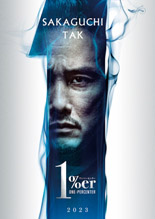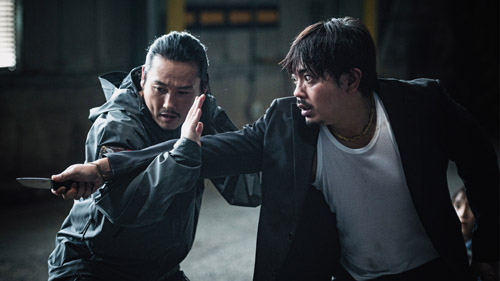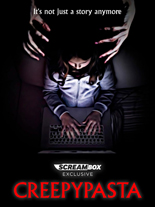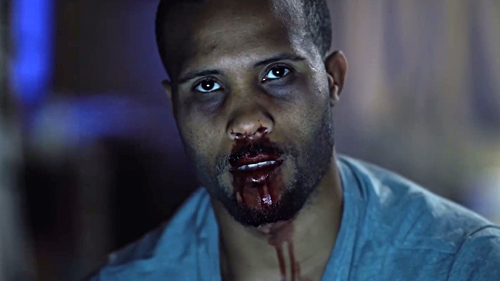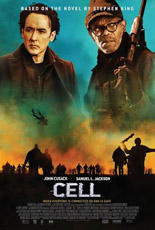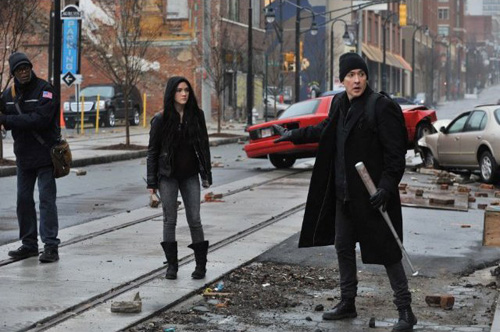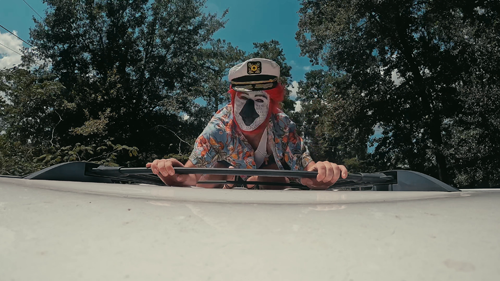
Although The Animal Kingdom won five of its 12 nominations for the Césars, France’s equivalent to the Oscars, don’t mistake it for homework. It’s a superb work of fantasy. With feet planted on terra firma as its head takes a flight of fancy, the picture draws influence from David Cronenberg’s The Fly to the X-Men franchise, while somehow pulling off the appearance of originality.
Director and writer Thomas Cailley (Love at First Fight) presents a world challenged by a new pandemic, in which people undergo zoological mutations that may as well be named for Dr. Moreau. “Critter” is considered a slur; they’re “creatures,” TYVM, and they grapple with adjusting to feathers, tentacles, scales and prehensile tails.
One of the infected is the wife and mother to, respectively, François (an excellent Romain Duris, 2022’s Final Cut) and teenaged Émile (How to Make Out’s Paul Kircher, quite the young find). She’s also vanished. François can’t face the prospect of losing her, although most would agree that, in a way, he already has.
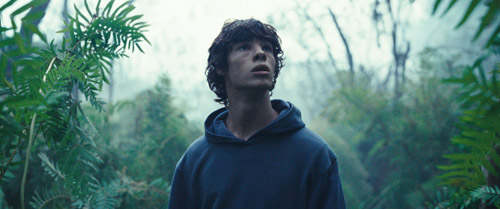
Meanwhile, while searching high and low, Émile comes face to face with startling examples of evolution’s next step. Whether said step leaps forward or diverges off to the side, the path he’s shown goes further than he’s willing to follow. He may not have a choice.
The Animal Kingdom operates on multiple levels of allegory: mortality, minority, puberty — take your pick! Cailley holds such tight control over his material, he’s able to steer deftly from moments of compassion to comedy (a visual gag involving kayaks slays) with no swerve feeling false. One memorable scene nails the tricky balance of conveying both heartbreak and joy as François and Émile drive through the forest at night while blasting their missing matriarch’s favorite song in hopes of triggering recognition.
Irony exists in The Animal Kingdom having the most humanistic viewpoint among movies in recent memory. Technically impeccable with seamless effects, it makes the case for Cailley being his country’s Steven Spielberg. A feel-good film about a bad hand dealt to all involved, it ends not in a cop-out, but a triumph. —Rod Lott


